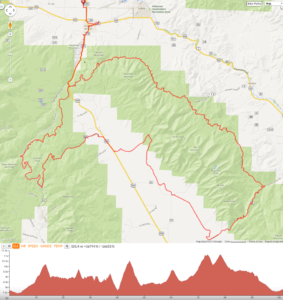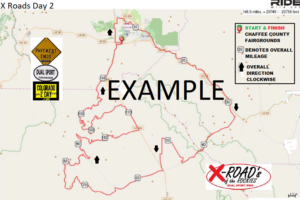
Hayden Pass
Hayden Pass is a high mountain pass at an elevation of 10,709 feet above the sea level.
Hayden Pass is a moderately difficult OHV point-to-point trail up and over and through the Sangre de Cristo Wilderness from the old towns of Coaldale to Villa Grove, Colorado that offers some spectacular scenic views.
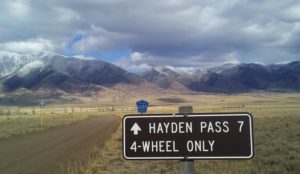
Hayden Pass is located in the Sangre de Cristo mountains and traverses the Sangre de Cristo Wilderness.
- The road to the pass on the west side is an abandoned railroad grade.
- Once you begin up the pass it is steep on both sides, with some very rocky areas.
- The road up Hayden Creek from Coaldale is a standard Forest Servive road until it turns left up Hayden Pass.
- The road is then a continuous climb with some moderate difficultly rocks to navigate.
- The downhill west side of Hayden Pass from the summit to Villa Grove is a quite rocky long steep descent.
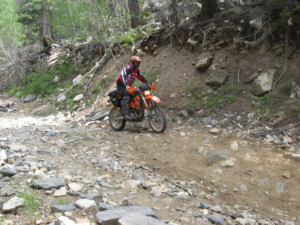
Hayden Pass was used by the Utes Indians.
- To cross from the Arkansas River to the San Luis Valley.
- Some believe the pass gets its name from Ferdinand Hayden who crossed the pass in 1875.
- Others maintain that the pass is named for an early Wet Mountain Valley settler, Lewis Hayden.
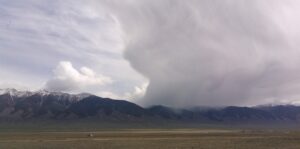
In 1874 the Canon City and San Luis Valley Wagon Road Company planned a route over the pass.
- In 1877 Hayden pass is shown as a trail in F. V. Hayden’s Atlas.
- By 1879 Hayden Pass was being used as a well known crossing of the Sangre de Cristo mountain range.
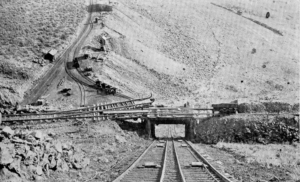
The Orient Iron Mine
From the 1880’s to the 1930’s the town of Orient existed at the west entrance to Hayden Pass.
- The Orient Iron Mine on the Southwest side of Hayden Pass was active from 1880 through 1932.
- It was the largest producer of iron ore in Colorado, having produced about two million tons of limonite.
- The Orient Mine provided Iron Ore for the steel mill in Pueblo.
- A narrow gauge Denver & Rio Grande Rail line ran over Poncha Pass to the Orient mine.
- Ore was then transported to Salida, and then down the Arkansas River portion of the Tennessee Pass Rail line from Salida to the steel mills in Pueblo.

It is believed that the name Orient came from the old French word meaning east (rising sun), since the mine is located on the eastern side of the San Luis Valley.
- There is no evidence of Chinese or other Asian miners working in the mine.
- The Orient Mine had two associated town sites – one in the upper area in the early years and the lower town site which were active in the early 1900’s.
- Today nothing remains of the towns except stories and a few foundations.
- At its peak, the town of Orient had a population of more than 400.
- Supporting a library, barber shop, school, 2 restaurants, a boarding house for 300, a saloon and a a milling company.
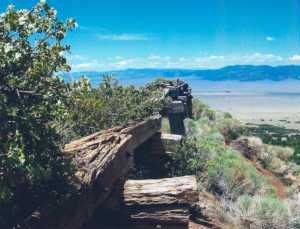
- Several loop options exist from 100 to 150+ Miles over Hayden Pass.
